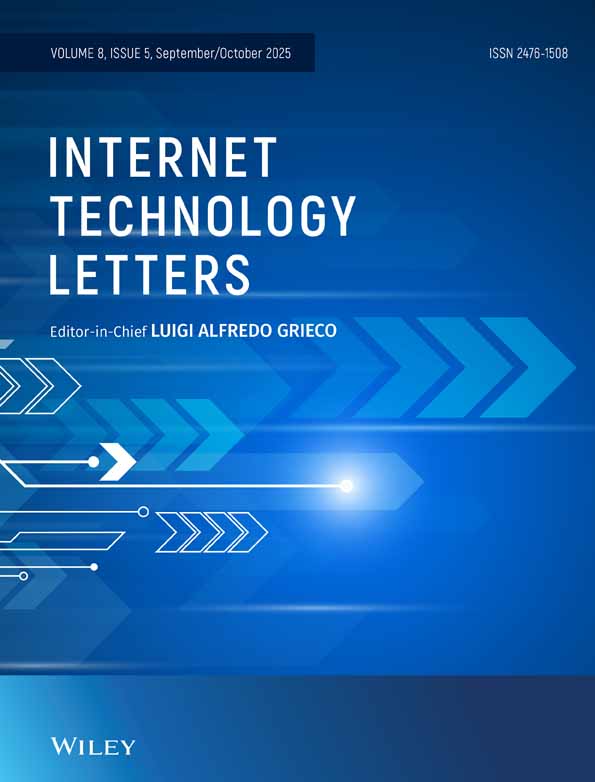Security and Privacy Challenges in 5G Core AI-Powered Threat Detection and Mitigation Strategies
Funding: This work was supported by 2022KYPT-02.
ABSTRACT
Integrating artificial intelligence (AI) in the 5G core network enhances danger detection and mitigation capabilities, which ensure strong security and privacy security. However, existing techniques face challenges which include high fake positive prices, actual-time hazard version issues, and vulnerability to adversarial assaults. The adaptive AI-driven security framework (AASF) is our answer to these problems. It uses deep learning, federated learning, and anomaly detection to improve the accuracy of threat identification and lessen the effects of new cyber threats. AASF employs actual-time danger intelligence sharing and decentralized data processing to reinforce privacy preservation while enhancing detection efficiency. The proposed method ensures proactive security features, reduces latency in hazard mitigation, and minimizes records publicity risks. Experimental evaluation suggests that AASF performs better by traditional methods by acquiring high recognition accuracy, reduces false positives, and the response improves time, making it a viable solution to secure the 5G core network.
Conflicts of Interest
The author declares no conflicts of interest.
Open Research
Data Availability Statement
Data sharing not applicable to this article as no datasets were generated or analysed during the current study.




